Spanish and US Cuba year 1874/1930 Small Collection MH/ Used
The periods of 1874 and 1930 were marked by significant events and developments in the history of both Spanish Cuba and US Cuba (following the Spanish-American War of 1898).
In 1874, Cuba was still a Spanish colony, experiencing considerable unrest and dissatisfaction with Spanish colonial rule. The Ten Years’ War (1868-1878), a protracted conflict between Cuban independence fighters and Spanish colonial forces, had just concluded. While the war did not result in independence for Cuba, it laid the groundwork for future movements towards liberation from Spanish control.
By 1874, Cuba had already experienced the effects of the sugar boom, which transformed the island into one of the world’s leading sugar producers. This economic prosperity, however, was accompanied by social inequality, with wealthy landowners benefiting the most from sugar production while the majority of the population, including enslaved Africans and their descendants, faced exploitation and hardship.
Fast forward to 1930, and the situation in Cuba had undergone significant changes. The Spanish-American War of 1898, triggered by the explosion of the USS Maine in Havana Harbor, resulted in the defeat of Spain and the cession of its remaining colonies, including Cuba, to the United States.
By 1930, Cuba had experienced several decades of US influence and intervention in its affairs. The Platt Amendment, which was incorporated into the Cuban constitution in 1901, granted the United States the right to intervene militarily in Cuban affairs and established Guantanamo Bay as a US naval base.
Under US influence, Cuba experienced economic modernization and development, particularly in industries such as sugar, tourism, and mining. However, this period also saw increased social and political tensions, as many Cubans resented US interference in their country’s affairs and the domination of their economy by American interests.
The 1930s also saw the rise of authoritarian regimes in Cuba, culminating in the dictatorship of Fulgencio Batista, who seized power in a military coup in 1952.
Overall, the periods of 1874 and 1930 were characterized by significant political, social, and economic changes in both Spanish Cuba and US Cuba, setting the stage for the tumultuous events that would follow in the 20th century, including the Cuban Revolution of 1959.

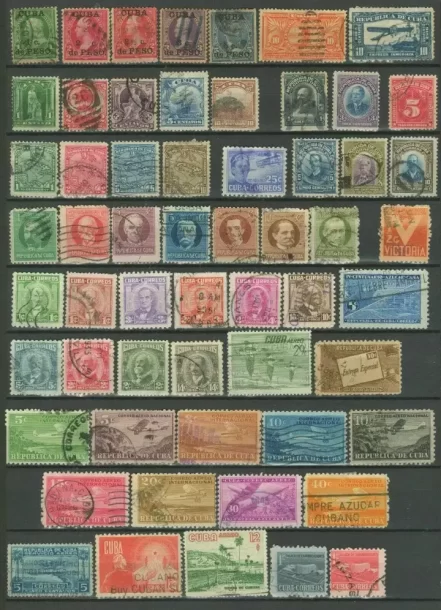
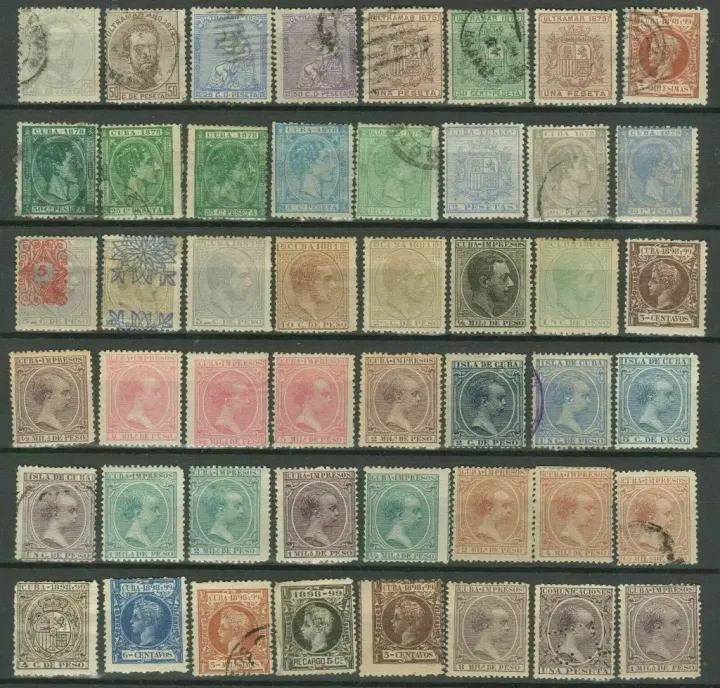

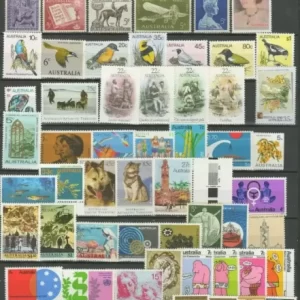

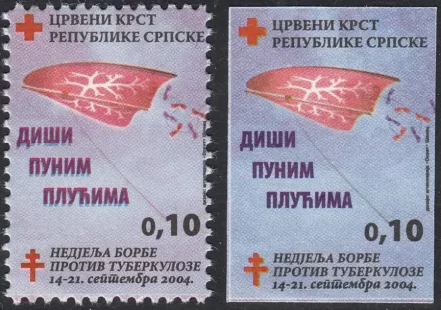





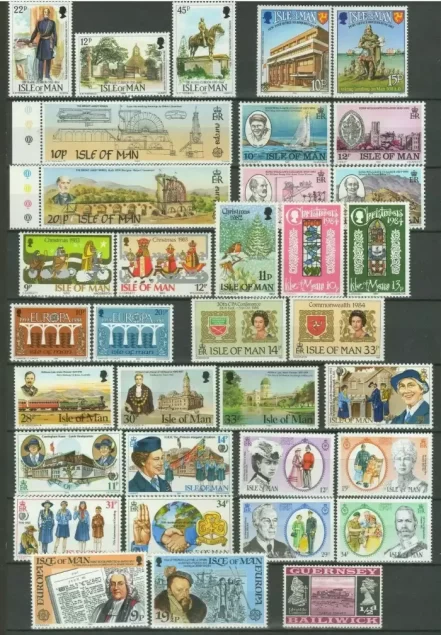




Reviews
There are no reviews yet.